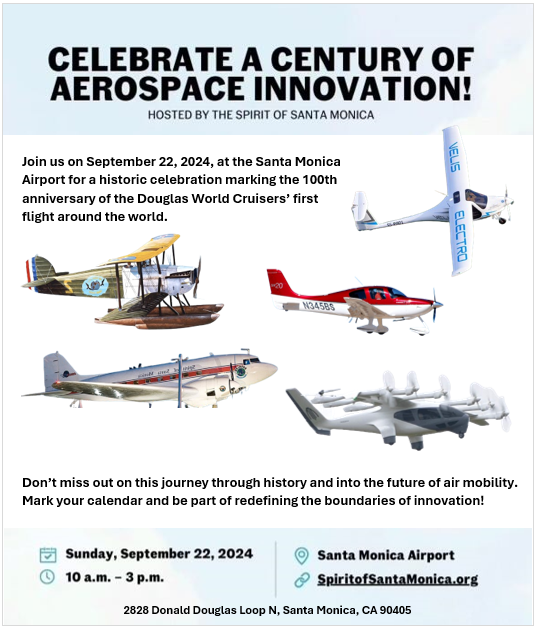
The aviation sector contributes about 2.4% of CO2 emissions globally, a number that is expected to rise in line with the growing demand for air travel.
As the number of flights and passengers continues to increase – with an expected 6 billion people flying annually by 2030 – the industry must find a way to reduce emissions.
The quest for decarbonisation is critical, yet the prospect of hydrogen-fuelled or battery-powered commercial flights remains distant.
Net zero for flights by 2050
In 2023, the International Air Transport Administration (IATA) set an ambitious goal of achieving net zero carbon emissions for flights by 2050. The strategy includes a multifaceted approach – 5% dependency on sustainable aviation fuel (SAF), 13% on new technologies like electric and hydrogen-powered aircraft, 3% through enhanced infrastructure and operational efficiencies, and 19% reliance on carbon capture and offset mechanisms.
In the United States, NASA is at the forefront of advancing battery technology for aviation. Present battery systems, sufficient for lighter aircraft like drones, fall short for passenger flights due to limited power and range.
As the number of flights and passengers continues to increase – with an expected 6 billion people flying annually by 2030 – the industry must find a way to reduce emissions.
The quest for decarbonisation is critical, yet the prospect of hydrogen-fuelled or battery-powered commercial flights remains distant.
Net zero for flights by 2050
In 2023, the International Air Transport Administration (IATA) set an ambitious goal of achieving net zero carbon emissions for flights by 2050. The strategy includes a multifaceted approach – 5% dependency on sustainable aviation fuel (SAF), 13% on new technologies like electric and hydrogen-powered aircraft, 3% through enhanced infrastructure and operational efficiencies, and 19% reliance on carbon capture and offset mechanisms.
In the United States, NASA is at the forefront of advancing battery technology for aviation. Present battery systems, sufficient for lighter aircraft like drones, fall short for passenger flights due to limited power and range.










